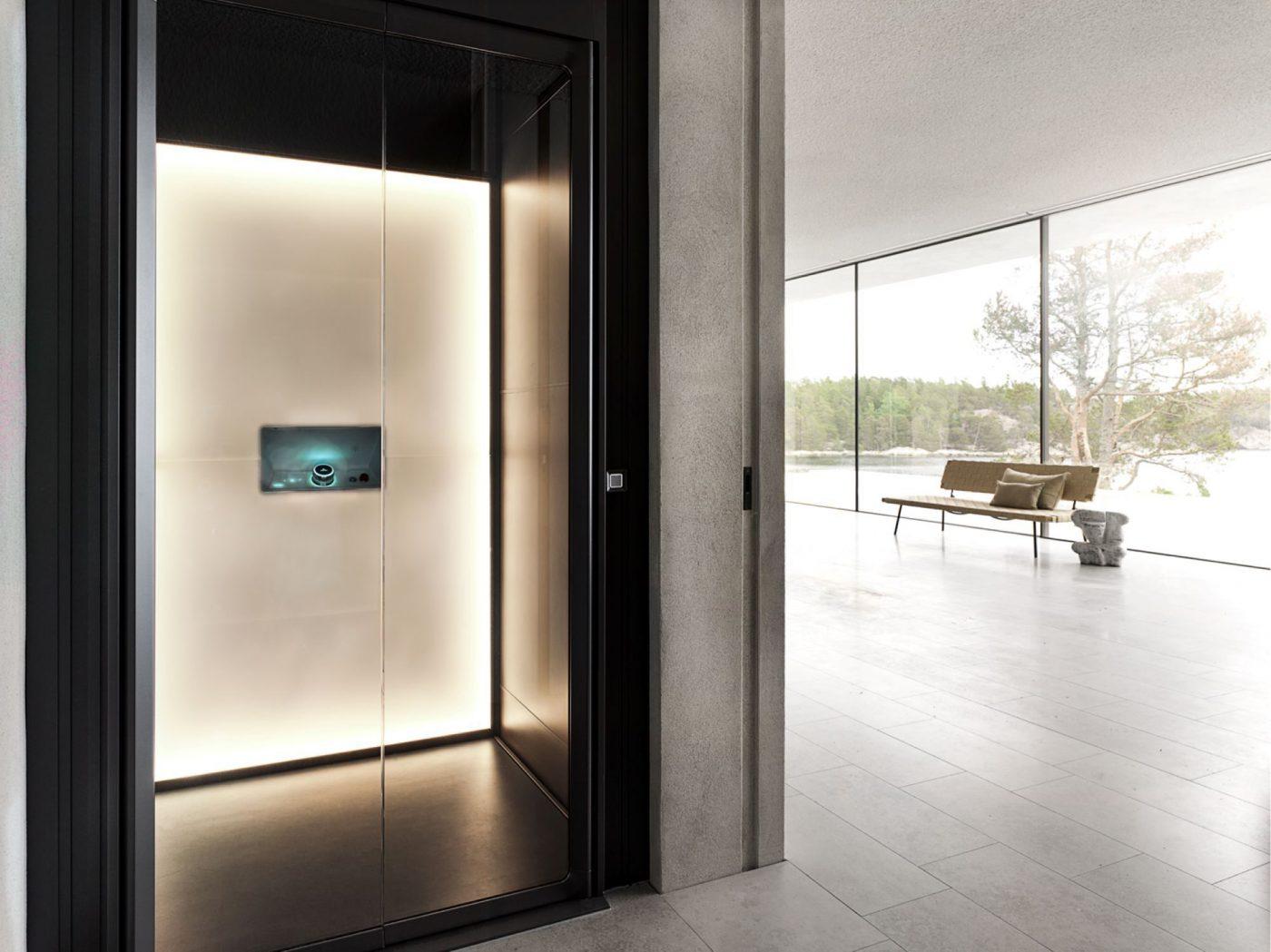London Lift Company: Relied On Experts for All Your Vertical Transport Needs
London Lift Company: Relied On Experts for All Your Vertical Transport Needs
Blog Article
Looking Into the World of Elevators: Common Concerns Encountered by Various Lift Mechanisms
As we navigate with the vertical transportation systems of contemporary structures, lifts stand out as a crucial element of our daily lives. From hydraulic lifts to traction systems and machine-room-less styles, each lift type comes with its collection of typical issues.
Hydraulic Lifts
Hydraulic elevators, usually favored for low-rise buildings, make use of fluid pressure to regulate the movement of the lift automobile (lift repair companies). This device entails a hydraulic pump pressing oil right into a cylinder, causing the elevator to relocate the desired direction. While hydraulic elevators are understood for their smooth and quiet procedure, they do include their very own set of usual issues
One widespread trouble with hydraulic lifts is oil leak. In addition, concerns with the control system, such as malfunctioning shutoffs or a malfunctioning pump, can trigger interruptions in the lift's activity.
Normal upkeep and timely repair services are vital to make certain the smooth performance of hydraulic lifts. By addressing these common issues proactively, building owners can reduce downtime and make sure the safety and effectiveness of their upright transport system.
Traction Lifts
When considering upright transport systems in buildings, another common kind in addition to hydraulic elevators is the traction lift. Grip elevators run making use of a system of ropes and weights that move the elevator cars and truck by clutching onto the hoist ropes. This mechanism permits smoother and faster vertical transportation compared to hydraulic systems.
One of the typical issues dealt with by grip lifts is rope wear. The consistent movement of the ropes within the traction system can bring about tear and use gradually, possibly triggering the elevator to malfunction or come to be dangerous for use. Routine evaluations and upkeep of the ropes are necessary to make certain the elevator's appropriate performance and security.
An additional issue that grip elevators might encounter is associated to the control system. Problems with the control system can cause issues such as irregular movement, hold-ups in reaction times, or perhaps complete shutdowns. Regular testing and upkeep of the control system are crucial to avoid such concerns and ensure the elevator's dependability.
Machine-Room-Less (MRL) Lifts

Among the essential parts of MRL elevators is the compact gearless grip device that is mounted within the hoistway. This maker efficiently drives the lift automobile without the need for cumbersome equipment located in standard traction elevators. Furthermore, MRL elevators commonly use a weight system to balance the car, additional enhancing their power efficiency.
Despite their benefits, MRL elevators might encounter difficulties connected to maintenance and repair service due to the constrained room for devices installment. Ease of access for servicing parts within the shaft can be limited, needing specialized training for professionals. Correct maintenance timetables and regular assessments are critical to ensure the continued webpage smooth operation of MRL elevators.
Overloading and Weight Limit Issues
Are elevators furnished to manage excess weight lots successfully and securely? Straining and weight restriction concerns are critical concerns in elevator operations. Elevator manufacturers design lifts with particular weight capabilities to make sure traveler security and tools long life. Going beyond these weight restrictions can result in different troubles, consisting of mechanical failings, hold-ups, and safety hazards.
When elevators are strained, it places extreme strain on the electric motor, cords, and other parts, possibly triggering breakdowns or breakdowns. If they detect excess weight, safety and security systems such as sensors and overload sensing units are in area to stop elevators from moving. In addition, going beyond weight limitations can bring about increased power consumption and deterioration on the elevator system.
To minimize straining problems, developing managers ought to prominently display weight limits in elevators and enlighten owners on the importance of sticking to these limitations - lift repair companies. Routine maintenance checks by certified professionals can likewise help ensure that elevators are operating within secure weight criteria. By resolving overloading and weight limit problems proactively, structure owners can boost lift security and effectiveness
Electric System Failings
Surpassing weight limitations in elevators can not only lead to mechanical problems however likewise potentially contribute to electrical system failures within the lift infrastructure. Electric system failures are an essential problem in lift operation, as they can cause unexpected shutdowns, malfunctions, or also security risks.
Regular upkeep and inspections are critical to determine and address possible electrical concerns quickly, ensuring the effective and safe procedure of elevator systems. By sticking to weight limits and carrying out regular electrical system checks, structure owners can alleviate the risk of electric failures in elevators.
Conclusion

Hydraulic lifts, frequently favored for low-rise buildings, make use of fluid stress to a knockout post control the activity of the lift vehicle.When taking into consideration upright transportation systems in structures, one more usual kind aside from hydraulic lifts is the traction lift. Traction lifts operate using a system address of ropes and weights that relocate the elevator auto by grasping onto the hoist ropes. Unlike conventional lifts that need a different device room to house the tools, MRL elevators incorporate most of the parts within the shaft, getting rid of the need for a committed device area.In conclusion, elevators face typical concerns such as hydraulic malfunctions, traction system failings, and electrical system troubles.
Report this page